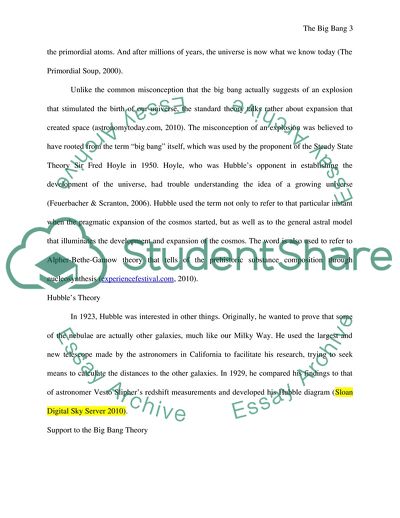Cite this document
(The Big Bang Theory Coursework Example | Topics and Well Written Essays - 2000 words, n.d.)
The Big Bang Theory Coursework Example | Topics and Well Written Essays - 2000 words. Retrieved from https://studentshare.org/formal-science-physical-science/1733367-the-big-bang
The Big Bang Theory Coursework Example | Topics and Well Written Essays - 2000 words. Retrieved from https://studentshare.org/formal-science-physical-science/1733367-the-big-bang
(The Big Bang Theory Coursework Example | Topics and Well Written Essays - 2000 Words)
The Big Bang Theory Coursework Example | Topics and Well Written Essays - 2000 Words. https://studentshare.org/formal-science-physical-science/1733367-the-big-bang.
The Big Bang Theory Coursework Example | Topics and Well Written Essays - 2000 Words. https://studentshare.org/formal-science-physical-science/1733367-the-big-bang.
“The Big Bang Theory Coursework Example | Topics and Well Written Essays - 2000 Words”. https://studentshare.org/formal-science-physical-science/1733367-the-big-bang.


